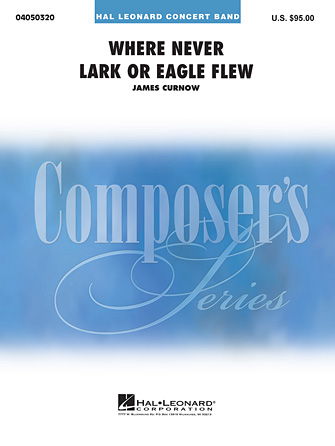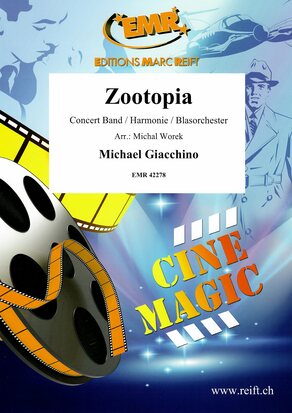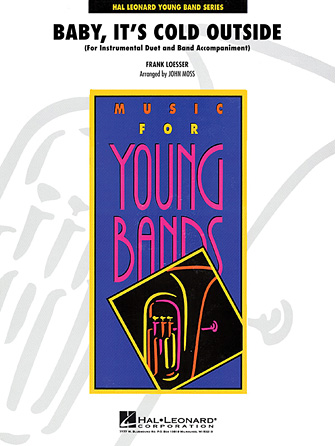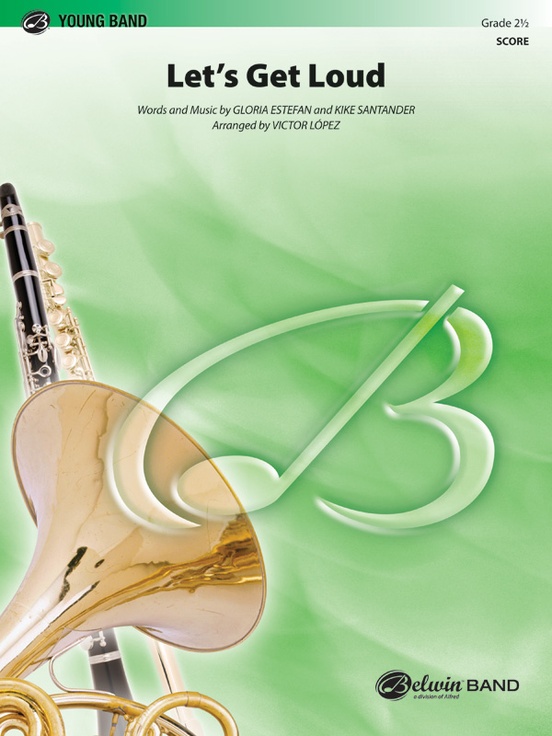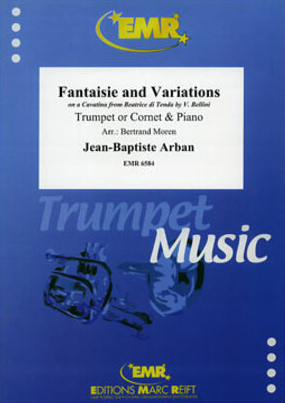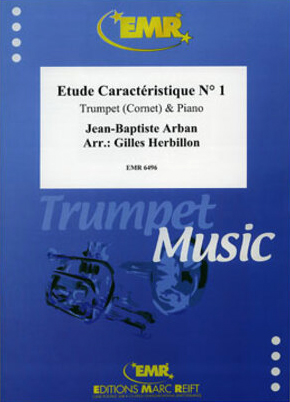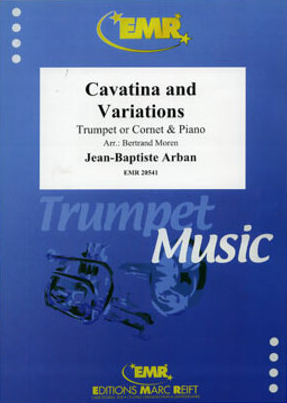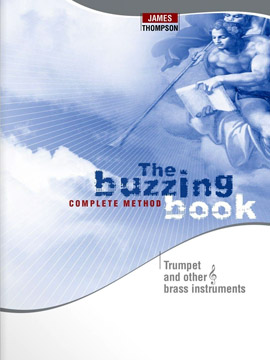
号嘴唇震练习方法大全/The Buzzing Book Complete method
演 奏:
演奏指挥:暂无
乐谱风格:古典音乐
音乐形式:暂无
出版公司:Editions Bim
难易等级:0
库存情况:请客服微信号:13910324401,或电话010-85863306
专辑介绍
这本书是美国伊斯曼音乐学院小号教授—詹姆斯·汤逊(James Thompson)所著,这是一套为铜管乐器号嘴(唇震)练习而作的系统教程,为美国许多音乐学院所使用。这本书有提供示范和伴奏音频。
使用系统而敏锐的方法对于在号嘴上做唇震练习有很多好处,因为仅嘴唇产生的阻力比乐器小,唇震(嗡嗡声)有助于使演奏者习惯于使用更多的气息。这样更大的气流有助于让嘴唇放松和振动更自由,产生更共振的声音。这也使得演奏者更依赖于自己的耳朵来调整位置,就像一个歌手那样。此外,它有助于发展最有效和一致的喉舌放置。最后,也许最重要的是,喉舌的嗡嗡声可以让演奏者更容易地养成新的和更精致的听觉/身体习惯。
使用系统而敏锐的方法对于在号嘴上做唇震练习有很多好处,因为仅嘴唇产生的阻力比乐器小,唇震(嗡嗡声)有助于使演奏者习惯于使用更多的气息。这样更大的气流有助于让嘴唇放松和振动更自由,产生更共振的声音。这也使得演奏者更依赖于自己的耳朵来调整位置,就像一个歌手那样。此外,它有助于发展最有效和一致的喉舌放置。最后,也许最重要的是,喉舌的嗡嗡声可以让演奏者更容易地养成新的和更精致的听觉/身体习惯。
单曲列表
- 8 Exercise 3 (Mpc)
- 10 Exercise 3 (Horn)
- 12 Exercise 4 (Mpc)
- 14 Exercise 4 (Horn)
- 15 Demo Ex. 5 (Mpc)
- 17 Demo Ex. 5 (Horn)
- 19 Demo Ex. 6 (Mpc)
- 21 Demo Ex. 6 (Horn)
- 23 Demo Ex. 7 (Mpc)
- 25 Demo Ex. 7 (Horn)
- 27 Demo Ex. 8 (Mpc)
- 29 Demo Ex. 8 (Horn)
- 31 Demo Ex. 9 (Mpc)
- 35 Demo Ex. 10 + 10a (Mpc)
- 37 Demo Ex. 10 + 10a (Horn)
- 43 Demo Ex. 12 (Mpc)
- 74 Demo Ex. 5b (Horn)
发表评论
游客不能发表评论.请先登陆.
%s1 / %s2

